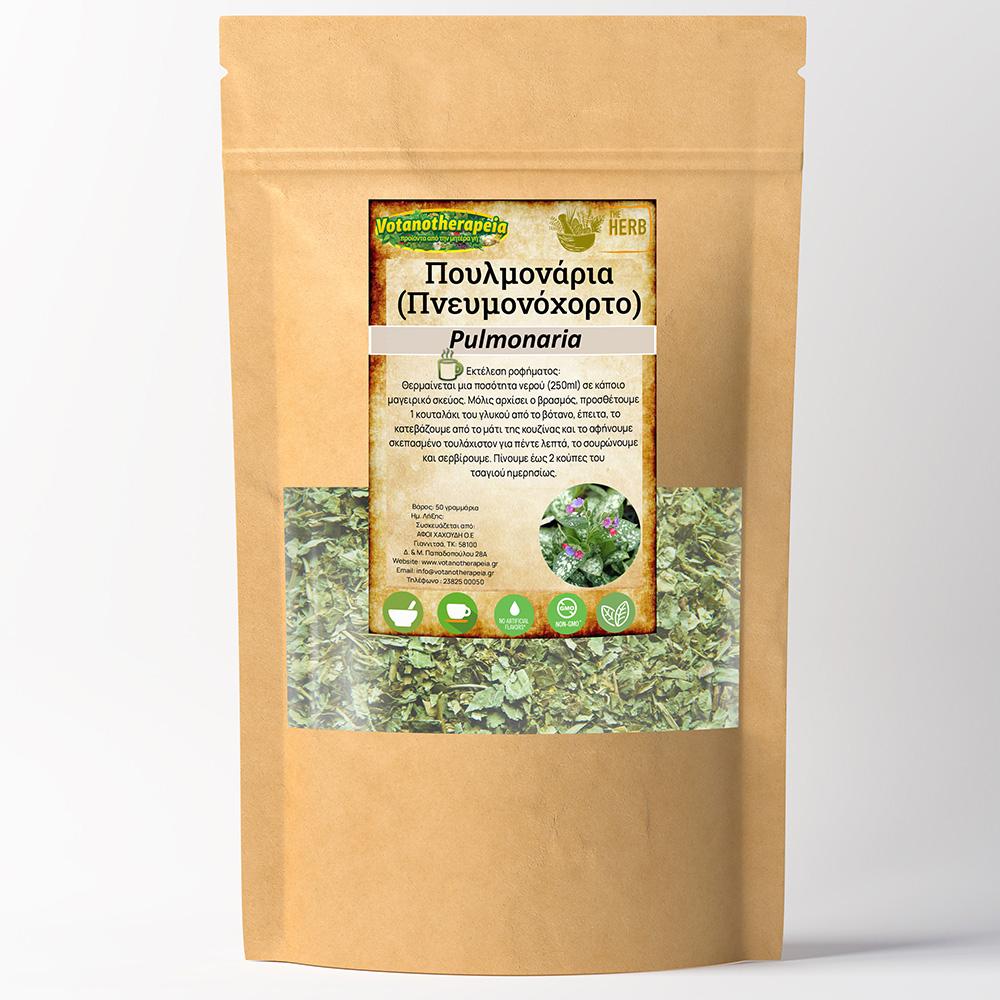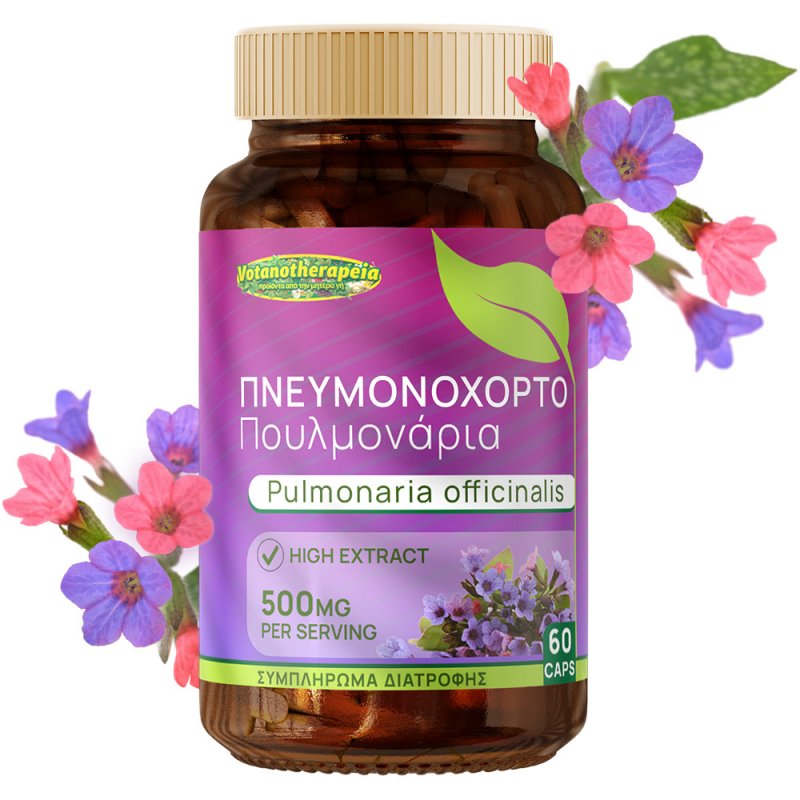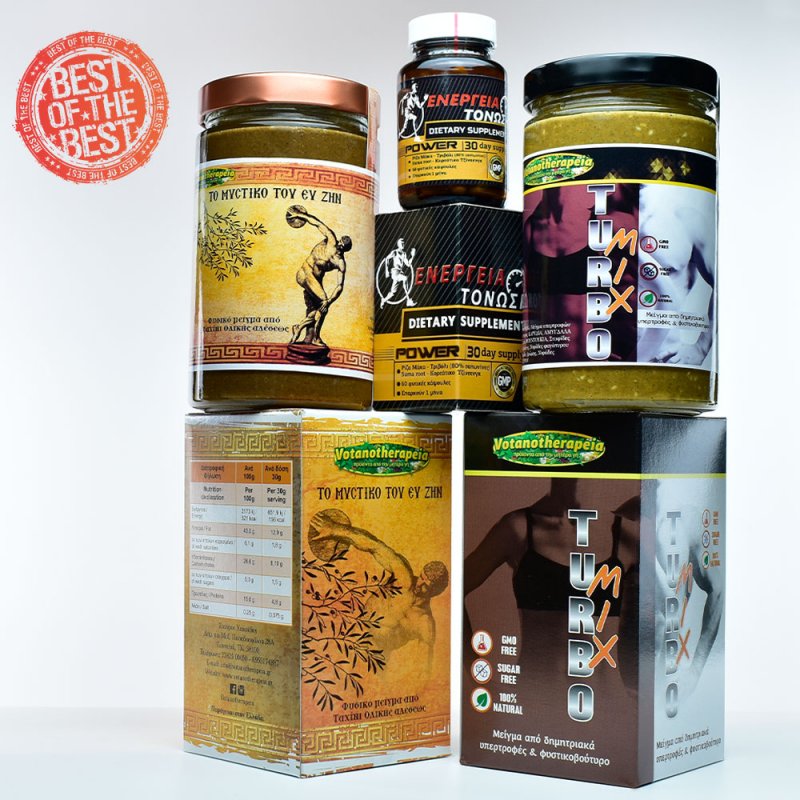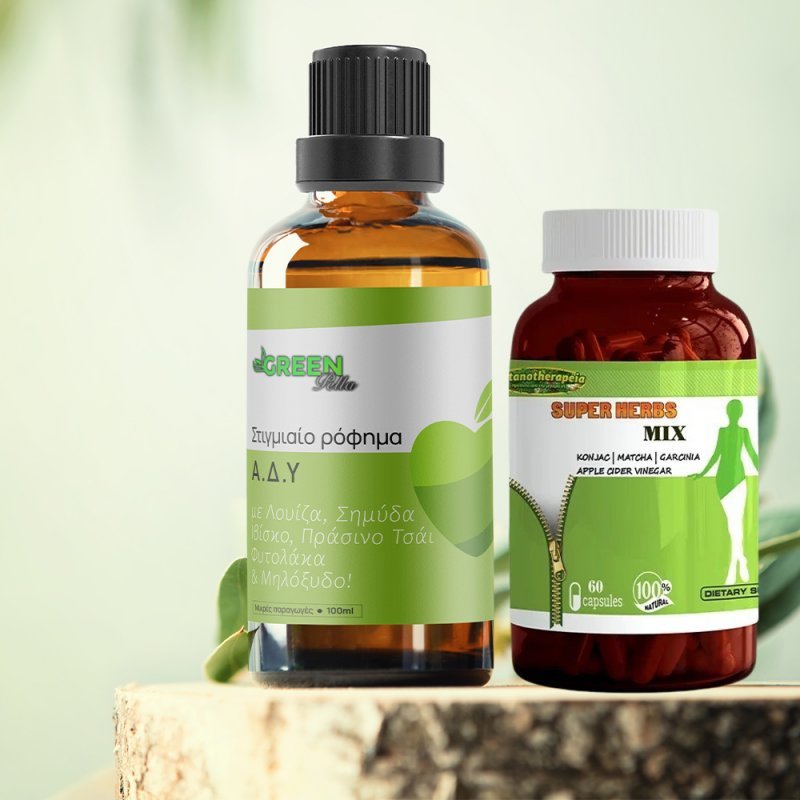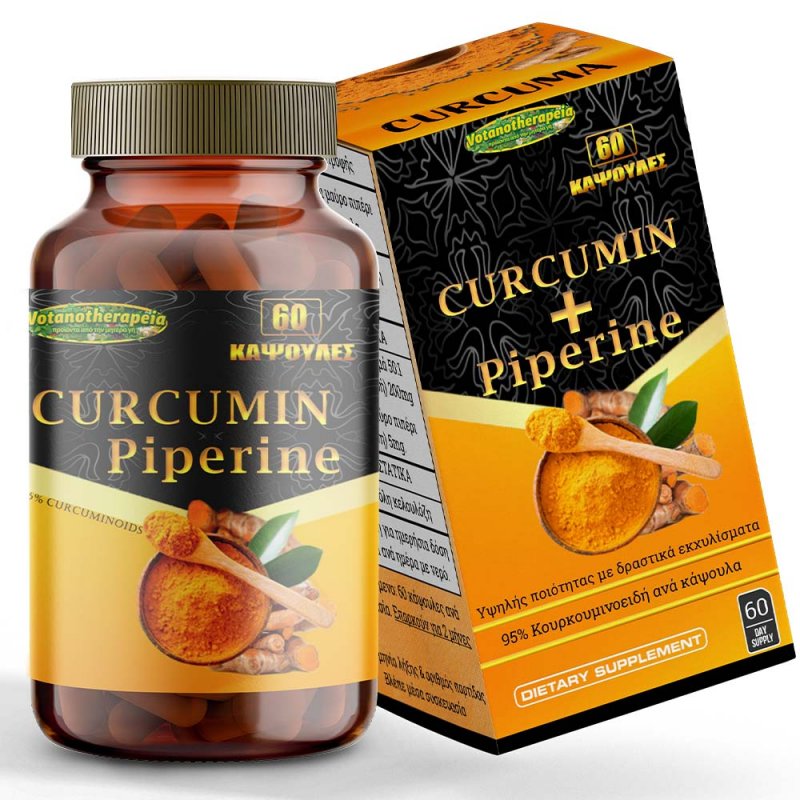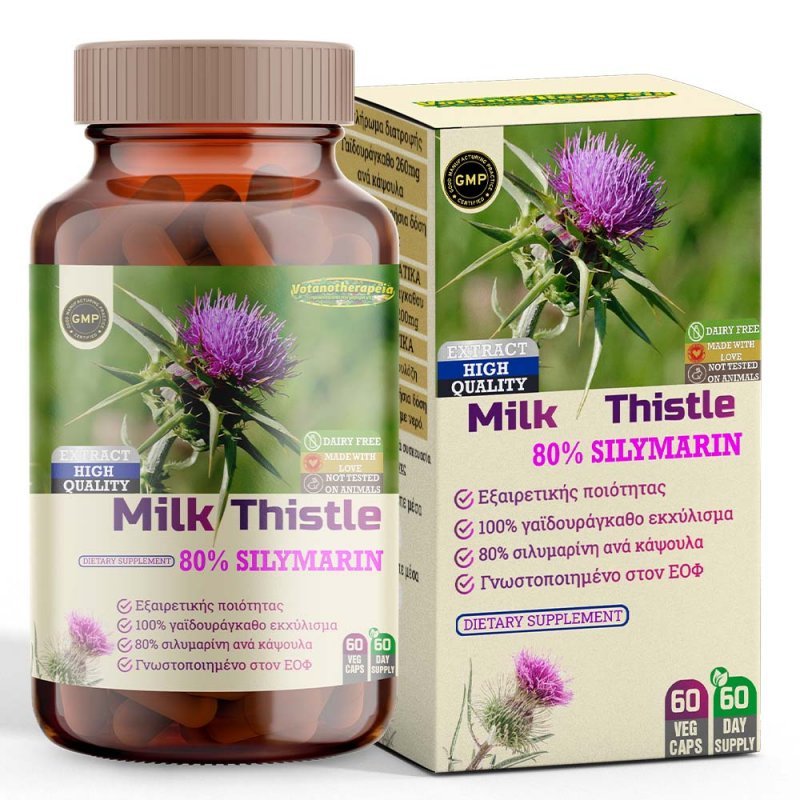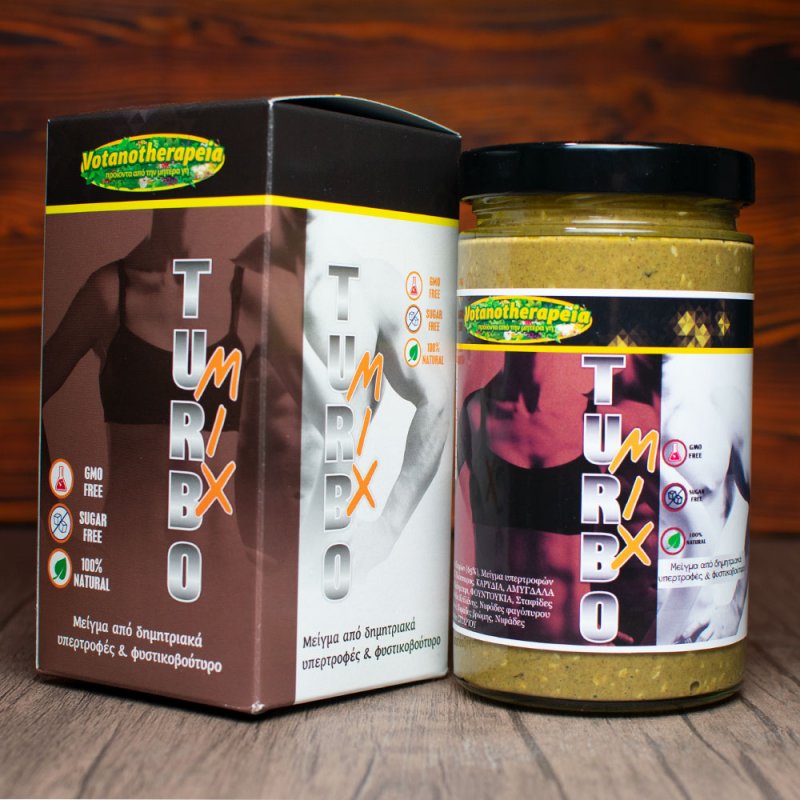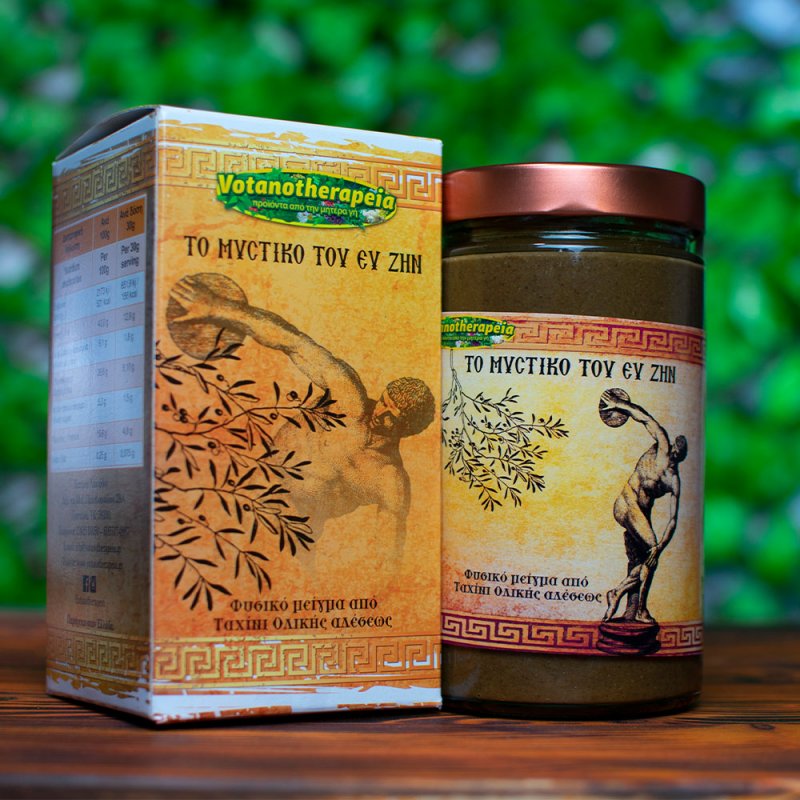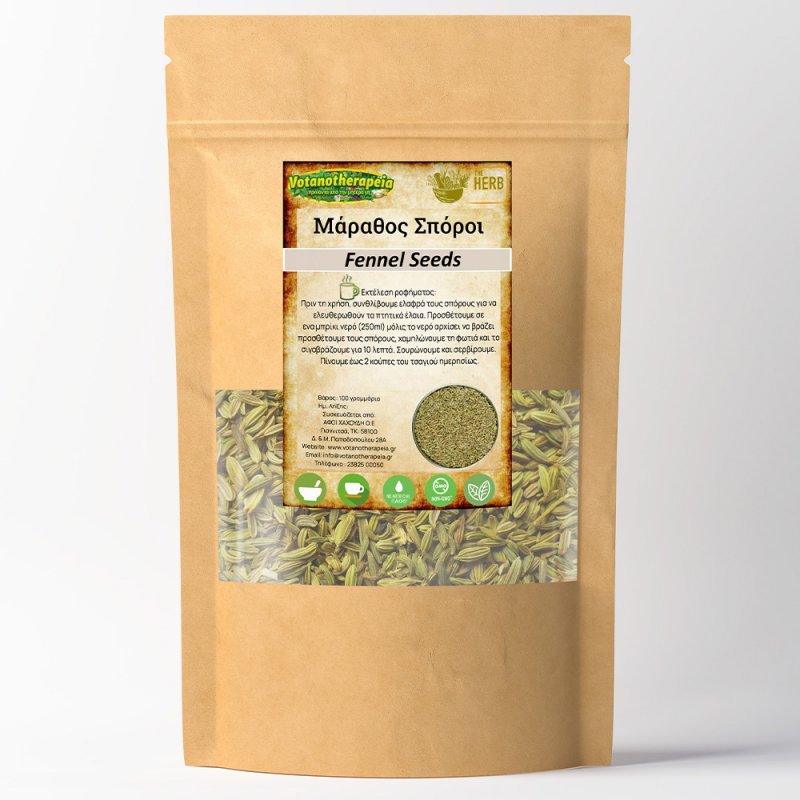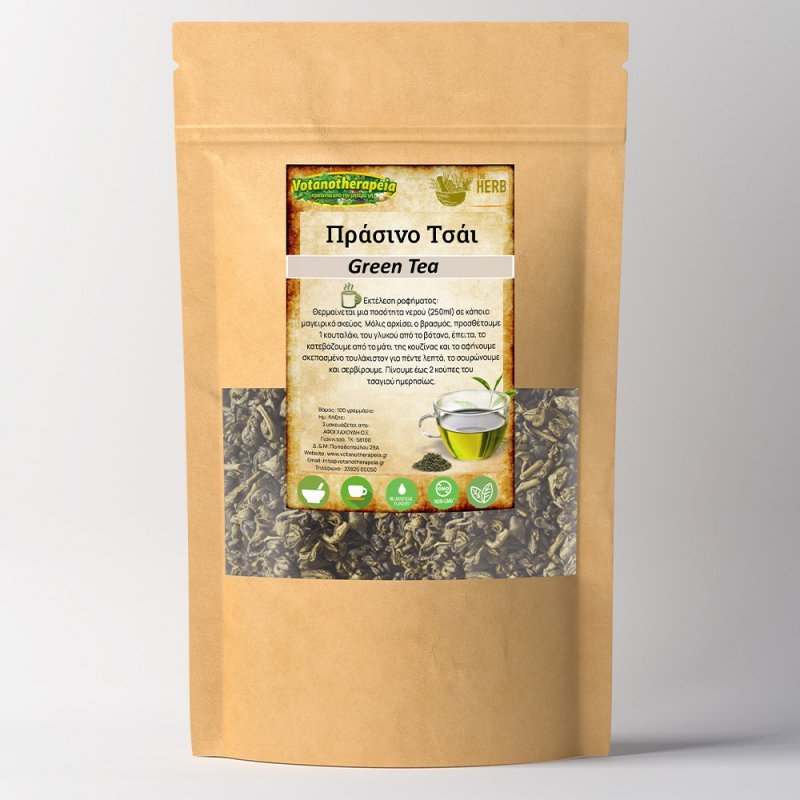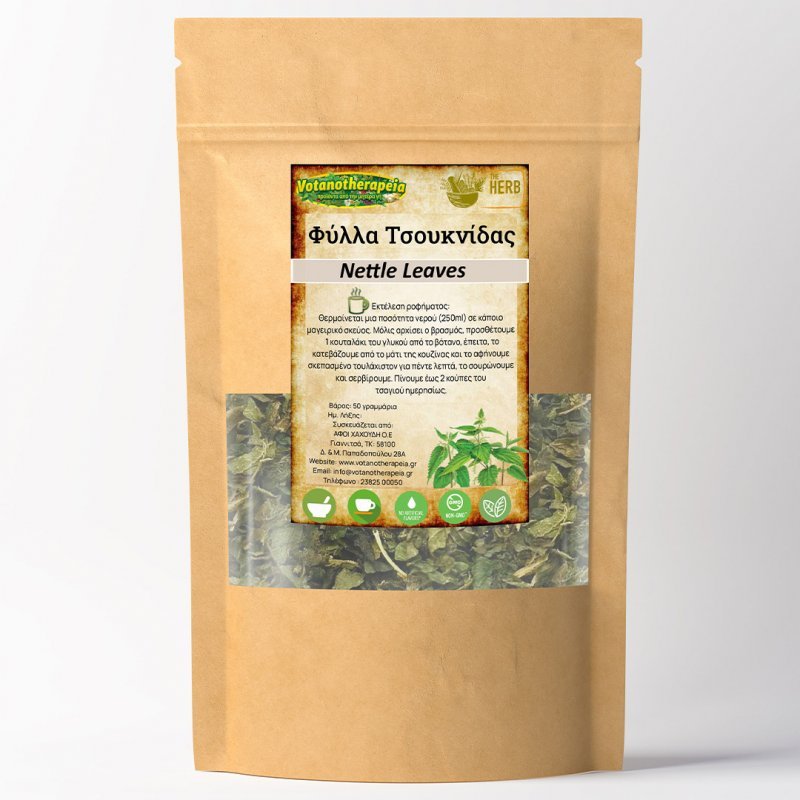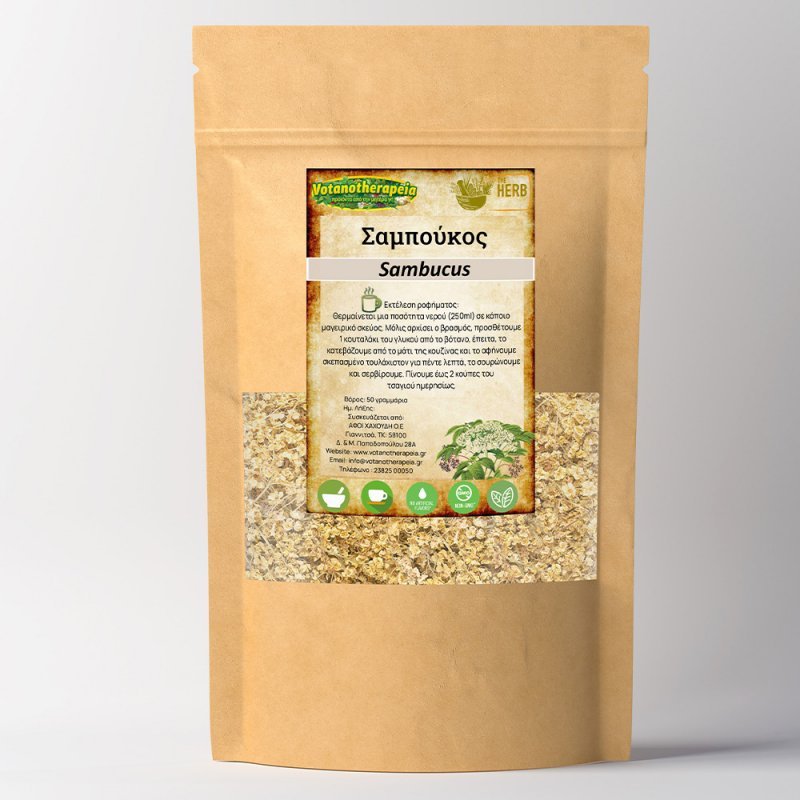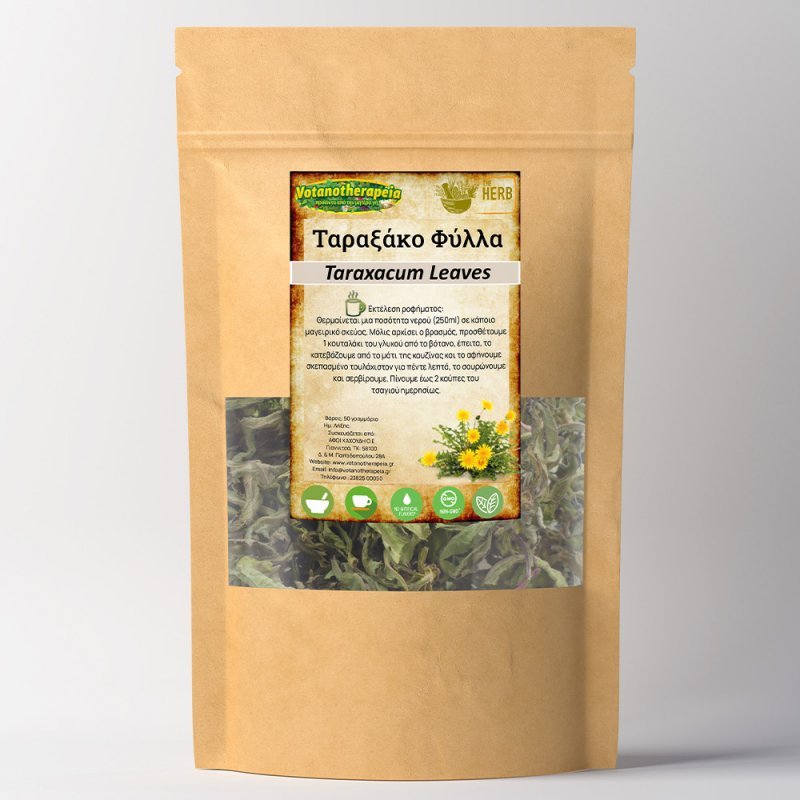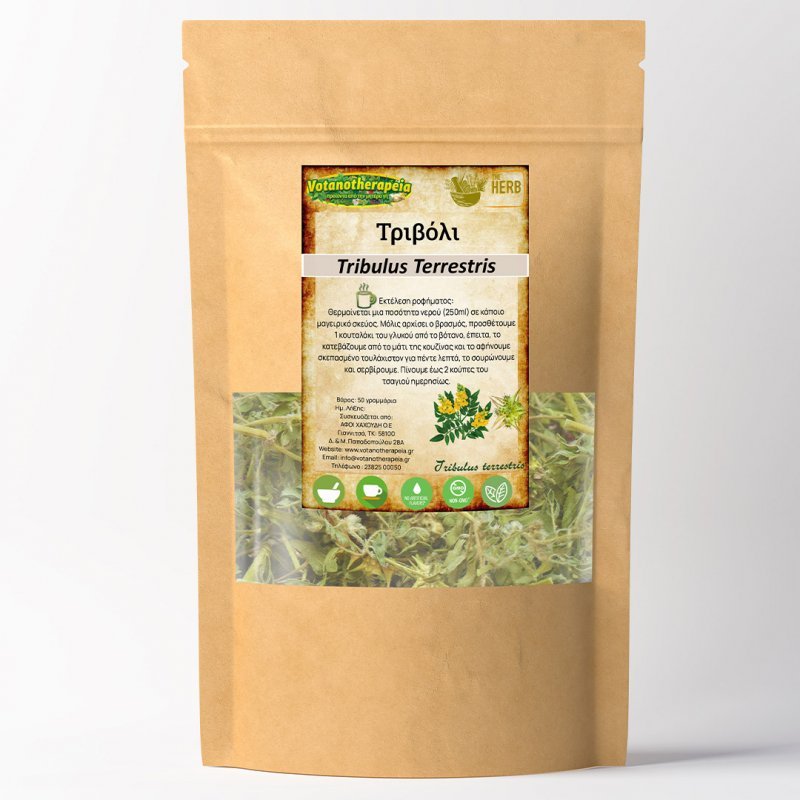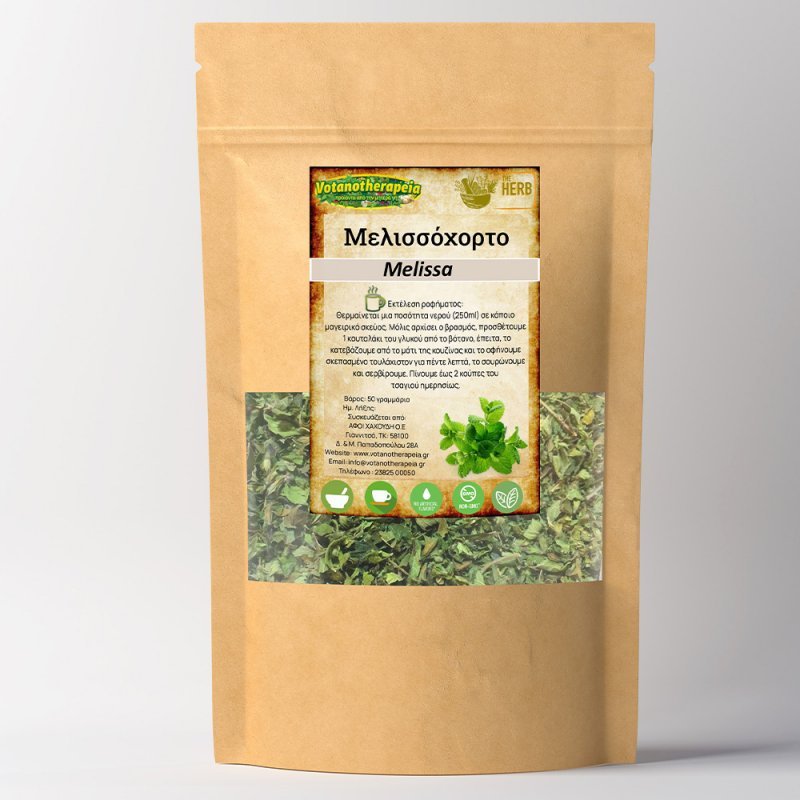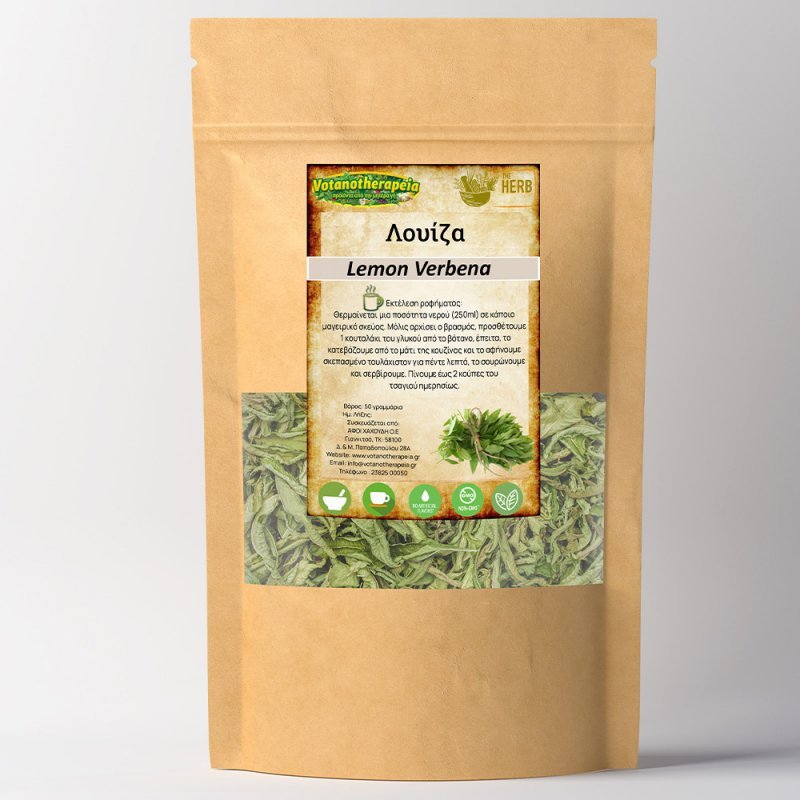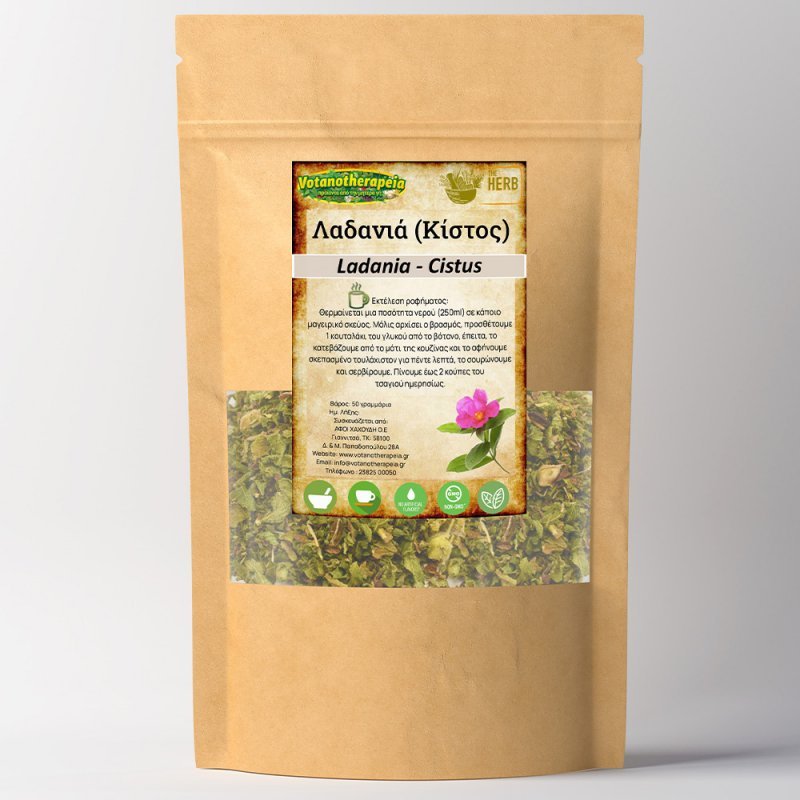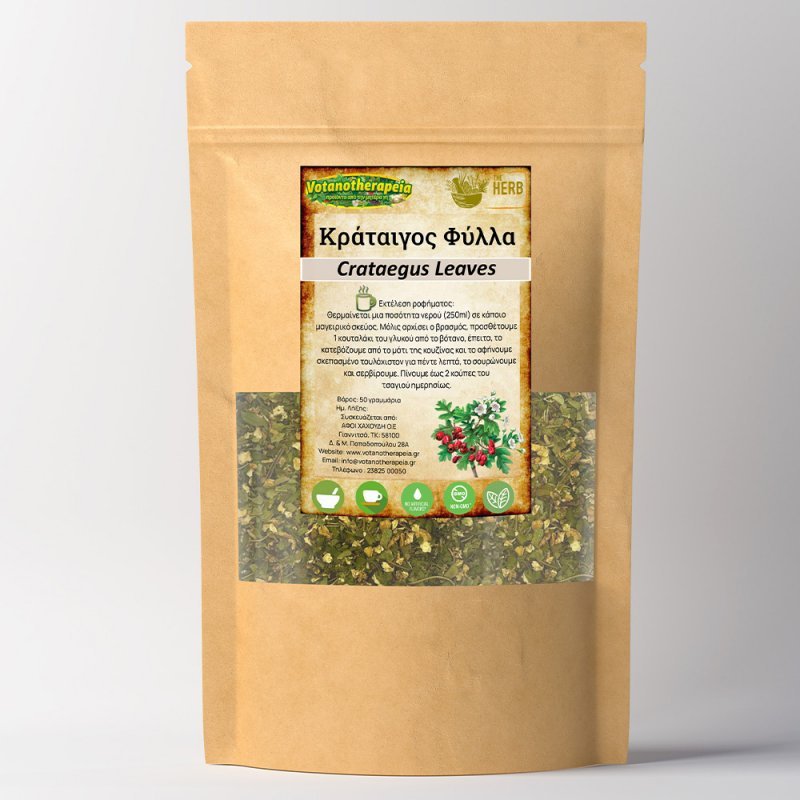In Greece, it is primarily found in the region of Serres and in shaded areas of northern Greece. It is commonly known as “Pnevmoniki” (Pulmonaria). This herb has been used in Europe for centuries, and many believe it was named in the 16th and 17th centuries due to its leaves’ resemblance to lungs.
Plant constituents:
- It contains plant mucilage, saponins, allantoin, quercetin, kaempferol, vitamin C, tannins, silicon dioxide, potassium, iron, and other mineral salts.
Traditionally, the herb has been used in folk medicine for respiratory ailments, tuberculosis, and hemoptysis.
As its name suggests, it is a beneficial herb for the lungs. It gradually removes thick mucus and provides relief to the entire respiratory system. It helps cleanse the lungs of smokers by expelling tar through phlegm.
It possesses anti-inflammatory and antibacterial properties that help prevent viral or bacterial infections of the lungs. It enhances lung function and rejuvenates tissues damaged by inflammation.
Warnings
The information provided about the herbs and their properties is sourced from books, botanical texts, and research studies. It does not constitute medical advice or prescriptions in any way.
Consult your doctor if you are pregnant, breastfeeding, taking medication, or experiencing health issues.
- Origin Country :
- Within EU
- Net Weight :
- 50g
Bring 250ml of water to a boil and add 1 teaspoon of the herb’s root. Reduce the heat and let it simmer for 7–10 minutes. Remove from heat, cover, and let it steep for at least five minutes. Strain before serving. Enjoy up to 2 cups daily.
What is the recommended duration for taking herbs?
According to herbal studies and research, most herbs are recommended for use over a period of about one month. This means they can be taken daily and continuously for one month, followed by a break of approximately 7 days. These cycles of “treatment” can be repeated as often as deemed necessary, always including a 7 day break in between each cycle.
Payment Methods & Shipping Costs for Orders Delivered Within Greece (Courier Center & BOX NOW)
Free Shipping on Orders Over €60! For orders over €60, shipping and cash-on-delivery fees are completely free!
This offer applies only to deliveries within Greece.
1. Payment via Cash on Delivery (Courier Center)
For those who prefer to pay upon delivery, we offer a cash-on-delivery service via Courier Center:
Shipping Cost: €3.00 , Cash-on-Delivery Fee: +€1.50 The Total Cost: €4.50
For orders exceeding 2kg, an additional charge of +€1.00 per extra kilo applies. Cash on delivery is not available for BOX NOW.
2. Payment via Debit/Credit Card & IRIS Payment (Courier Center & BOX NOW)
For a secure and seamless checkout experience, you can pay via VIVA WALLET using:
Shipping Cost with Courier Center: €3.00. Shipping Cost with BOX NOW: €2.50. For orders exceeding 2kg, an additional +€1.00 per extra kilo applies to Courier Center shipments. With BOX NOW, the shipping cost remains fixed regardless of weight.
3. Payment via PayPal (Courier Center & BOX NOW)
Shipping Cost with Courier Center: €3.00. Shipping Cost with BOX NOW: €2.50. For orders exceeding 2kg, an additional +€1.00 per extra kilo applies to Courier Center shipments. With BOX NOW, the shipping cost remains fixed regardless of weight.
Shipping & Payment for Orders to Cyprus (Courier Center)
For orders shipped to Cyprus, we use Courier Center’s express air mail service for fast and tracked delivery: Shipping Cost: €15.00 (for orders up to 2kg) For each additional kilo: +€4.00 Estimated
Payment Options: Debit/Credit Card, IRIS Payments & PayPal
*Delivery Time: 1-4 business days (depending on product availability)
Shipping & Payment for Orders to the Rest of Europe (DHL Economy)
For international orders within Europe, we ship via DHL Economy for reliable and fast delivery: Estimated Delivery Time: 7-8 business days.
Payment Options: Debit/Credit Card, IRIS Payments & PayPal
To check your exact shipping cost, simply add your desired products to your cart, proceed to checkout, and select your country. Our system will automatically calculate the shipping fee based on the total weight of your order.
We ensure secure transactions, fast shipping, and premium service for all our customers!
Share your experience!
Write a review and significantly help other users! In order to review this product, having an account on our website is a prerequisite for submitting a review.



